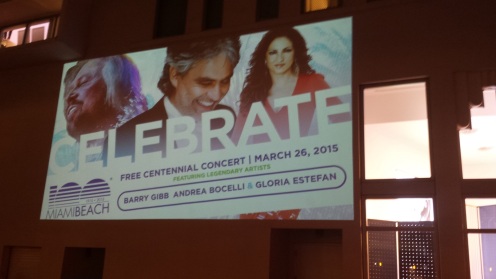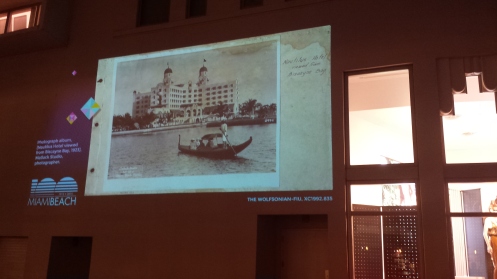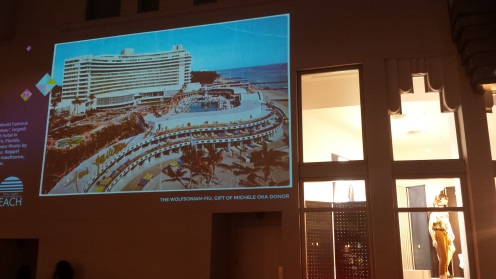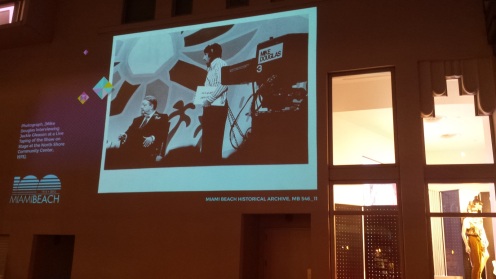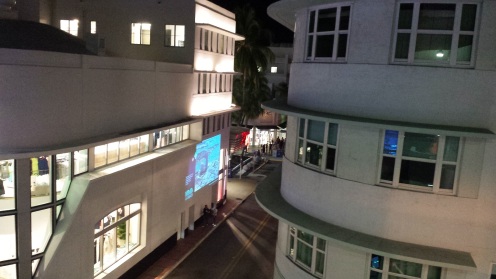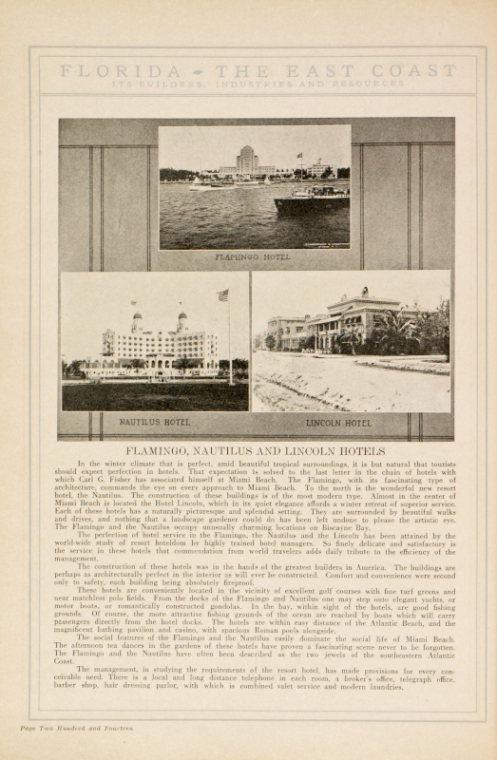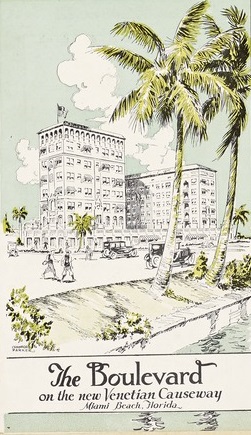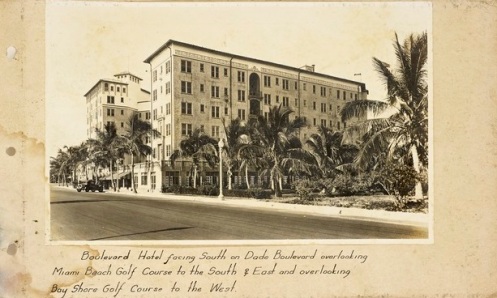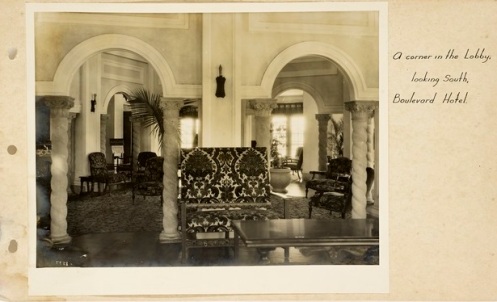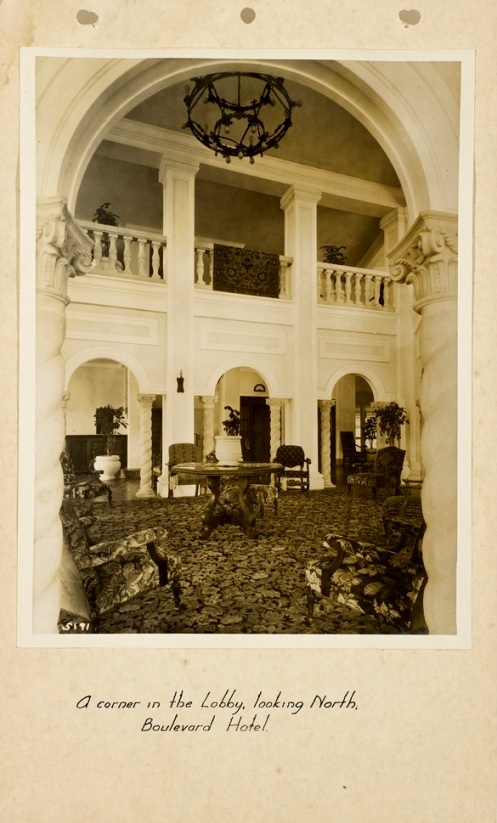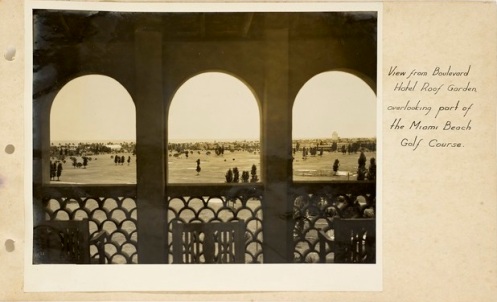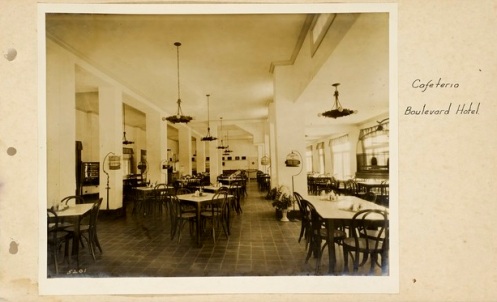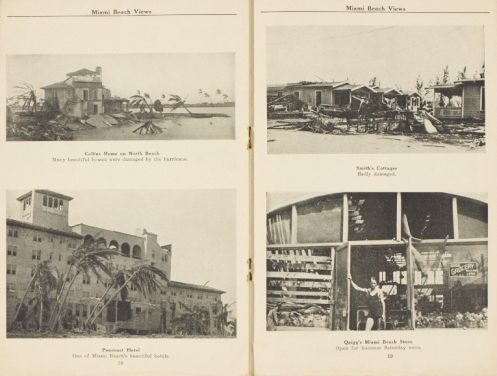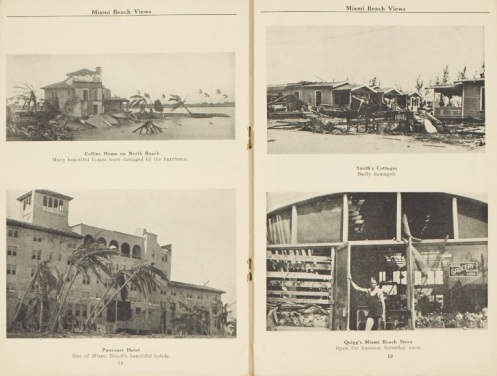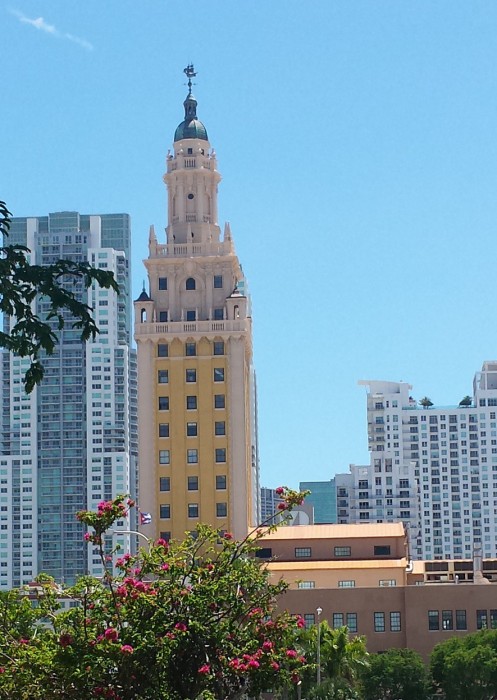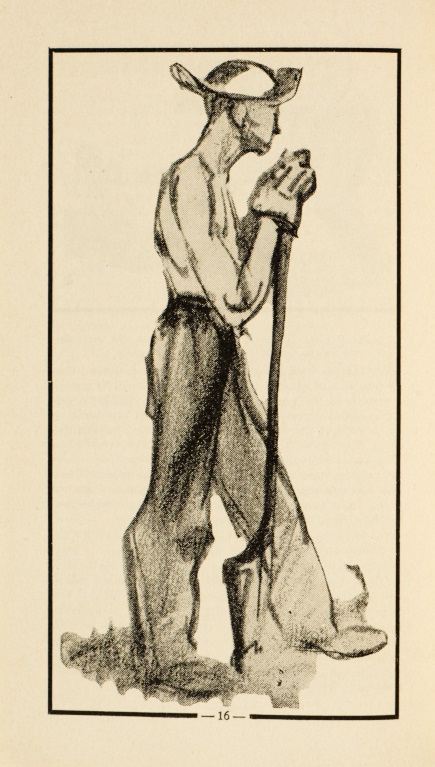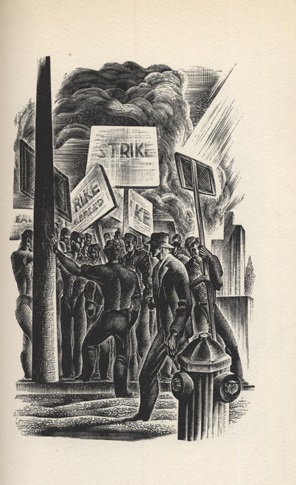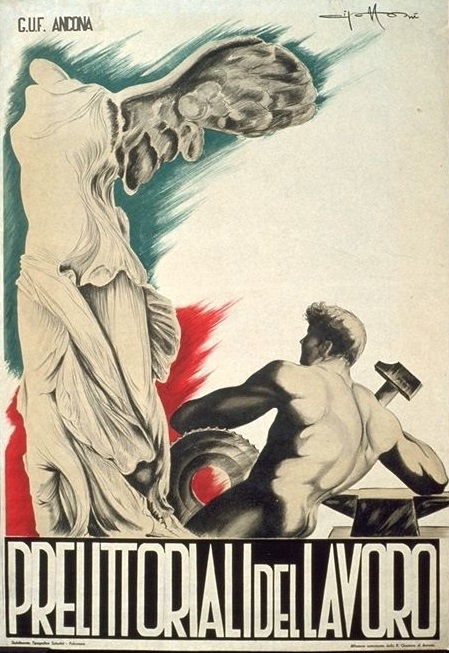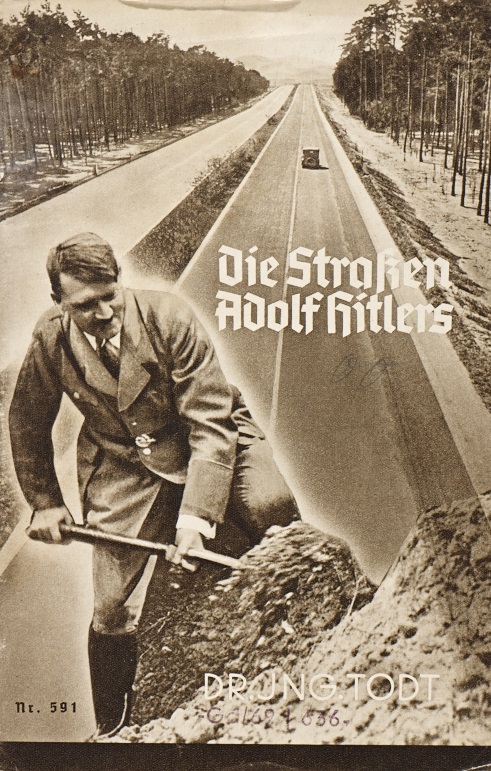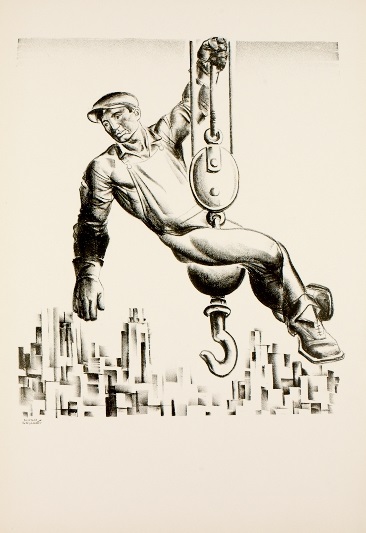Today’s post comes to you from Dr. Laurence Miller, retired director of libraries at Florida International University. Some years back. Dr. Miller donated an extensive collection of ocean liner materials to The Wolfsonian-FIU library, and he has since been volunteering his time and expertise helping us catalog and digitize that collection, and other related materials. This past week, he helped us unpack and start cataloging a box of ocean liner materials sent to us by museum founder Mitchell Wolfson, Jr. as a promised gift. Here is his report:
Mr. Wolfson recently sent us from Paris a number of lovely, mostly prewar ocean liner brochures as a promised gift. The city of origin explains why a number of the items are in French. Concerning Mr. Wolfson, we are fortunate that his love of ocean liners is equaled by his desire to share with the general public what he finds. We won’t deny that the love of the hunt is also part of his pleasure. In any case, we are the beneficiaries. First to catch the eye among his finds was a 1934 brochure illustrating Pacific Steam Navigation’s Reina del Pacifico. The cover and first pages have good color graphics, but this was before the era of color photos throughout.
PROMISED GIFT OF MITCHELL WOLFSON, JR.
Reina was an attractive liner that rendered thirty-seven years of service in peace and war (1931-1958). The ship served the Liverpool-Valparaiso service of the company which was a subsidiary of Royal Mail Lines. In the brochure, the route is described as, “The Princes’ Route to South America.” This arises from a trip that the Prince of Wales and Prince George actually made on the line’s Orpesa, a more modest vessel, the royal passengers notwithstanding.
PROMISED GIFT OF MITCHELL WOLFSON, JR.
Elsewhere in the Wolfsonian collection is a 1957 brochure on the Reina which has the advantage of the accommodations illustrated in full color. To contemporary eyes, the Spanish colonial décor in color conveys an attractive but occasionally eccentric ambience. In any case, the interiors, in all their glory, are fun to look at.
GIFT OF LAURENCE A. MILLER
Ship aficionados will be familiar with the ship’s late-career grounding in Bermuda. Passengers made the most of the occasion by inventing a “Reina on the Rocks” cocktail! This was guaranteed to make the evening news, and did.
Also acquired in Paris is a brochure advertising the various services of Lloyd Triestino as they existed in 1935. Included are the splendid Victoria from the line’s service from Italy to the Far East.
PROMISED GIFT OF MITCHELL WOLFSON, JR.
The vessel was the product of distinguished marine architect Gustavo Pulitzer Finali, also responsible for most of the interiors aboard Conte de Savoia, one of the finest ships in the prewar Italian Line.
PROMISED GIFT OF MITCHELL WOLFSON, JR.
Mr. Wolfson is especially interested in the Italian maritime heritage, so it is no surprise that among his purchases was a prewar Conte Grande brochure–(no date is provided)–unusual in its fine interior color illustrations of prewar Italia ships.
PROMISED GIFT OF MITCHELL WOLFSON, JR.
This brochure gives a much fuller impression of the super-ornate Italian marine interiors of the 1920s.
PROMISED GIFT OF MITCHELL WOLFSON, JR.
Moving from prewar opulence to postwar austerity and “make do,” included was a flier on the flagship of the Turkish merchant marine–the former American liner Tarsus, originally the American Export liner Exchorda of 1931. Exchorda and three sister ships, (collectively known as the “Four Aces”), maintained a passenger and cargo service for American Export Lines from New York to all the Mediterranean. They were fine and advanced ships. Three were lost while serving as troop transports, but Exchorda survived to be sold to Turkey.
Used for a short period for cruises from the United States, Tarsus returned to Turkey and served until she was lost in 1960 when a burning tanker collided with her. As part of the Turkish Maritime Line her service was from Istanbul to Piraeus, Naples, Genoa, and Marseilles.
PROMISED GIFT OF MITCHELL WOLFSON, JR.
On a more modern note, in the 1960s, the Soviet’s contracted with East German yards to build a small fleet of 20,000 ton ships that were deployed on many services, notably transatlantic and the Europe-Australia migrant voyages. Some were later converted into full-time cruise ships. Best known was the Aleksandr Pushkin’s conversion into the cruise ship Marco Polo, currently sailing for Cruise and Maritime Voyages. The actual reconstruction took place in Greece for a British travel organization headed by Gerry Harrod. First deployment was for his company, Orient Lines, not to be confused with the venerable British company of the same name. The following illustrations give a fair representation of interior ambience of all these ships under the Soviet flag. However, Marco Polo, ex-Pushkin, continues to sail as a popular German cruise ship.
PROMISED GIFT OF MITCHELL WOLFSON, JR.
Finally, a flier documenting the last stage of a useful but unglamorous career that began as Union Castle’s Bloemfontein Castle but continued, for much longer period as Patris of Chandris Lines.
PROMISED GIFT OF MITCHELL WOLFSON, JR.
This involved a joint ferry service with the Karageorgis Line. As Bloemfontein Castle, the vessel continued the Union Castle Line’s long (and unintended) tradition of providing intermediate ships inferior in all respects to those of the Italian Line/Lloyd Trestino. It began in the 1932 when the transfer of the Atlantic liners Giulio Cesare and Duilio to the Italy-South Africa service forced Union Castle to upgrade its fleet. In the postwar period, the Union Castle vessels competed with what was then a Lloyd Triestino service, offering neither air conditioning, elegant décor, nor fine cuisine. Such disappointing passenger service, coupled with the container revolution’s impact on the cargo trade, caused most of the Union Castle ships to be scrapped prematurely. Bloemfontein Castle fared better than many of her fleet mates on the round-Africa service. The Greek shipping line Chandris bought the vessel, immediately installed air-conditioning, and rechristened as Patris she became a popular ship sailing between Greece and Australia—the first ship in a fleet that dominated that route. For a while, she sheltered refugees in Darwin, Australia in the wake of a cyclone that destroyed much of the city. The Patris’ final gig was as car-ferry crossing between Ancona, Italy and Patras, Greece.
PROMISED GIFT OF MITCHELL WOLFSON, JR.






























 Photo by Cory Czajkowski
Photo by Cory Czajkowski
 Althea Silvera
Althea Silvera Beatrice Skokan
Beatrice Skokan Photo by Cory Czajkowski
Photo by Cory Czajkowski





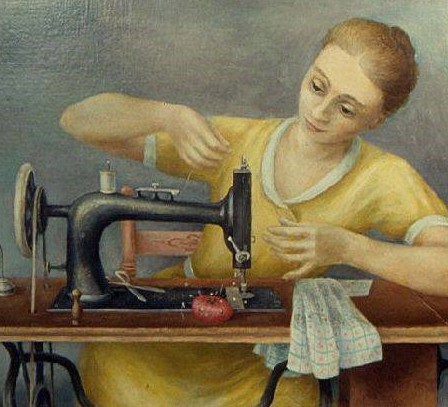
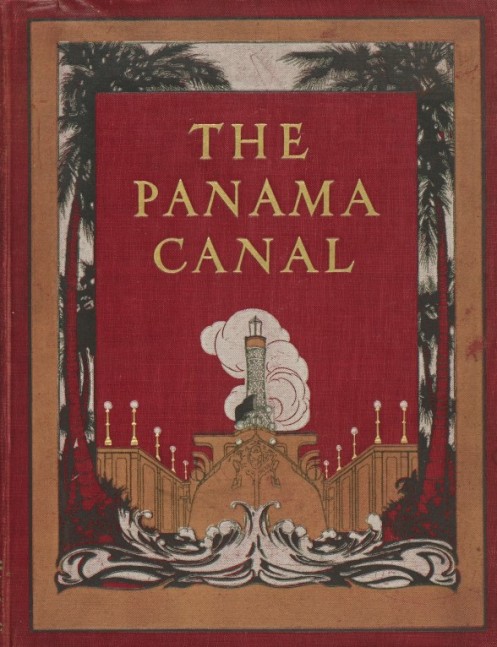









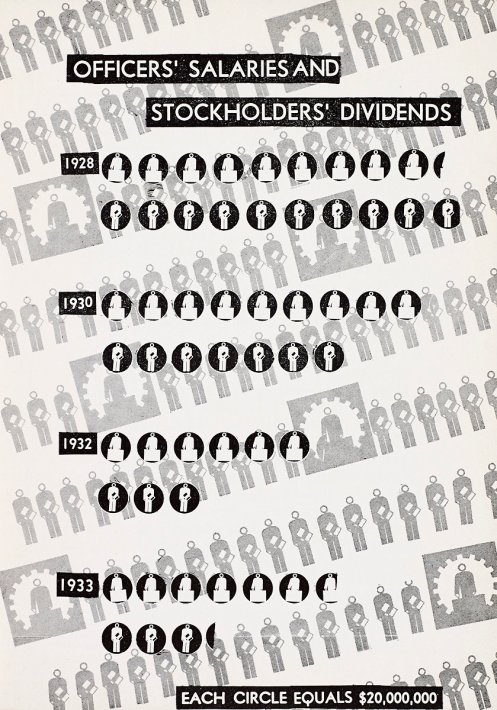
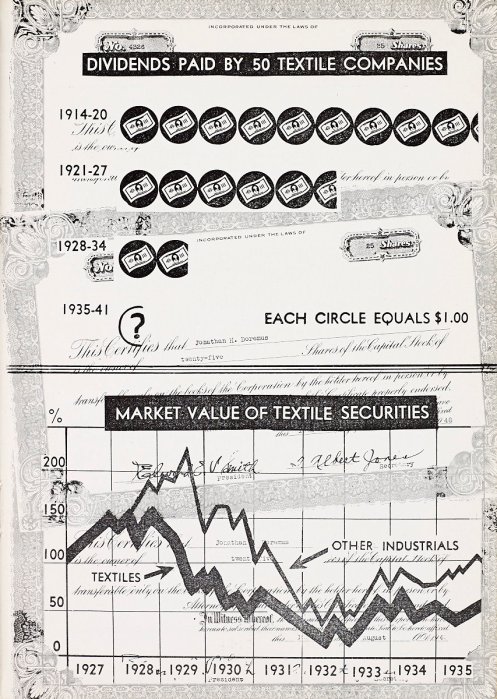
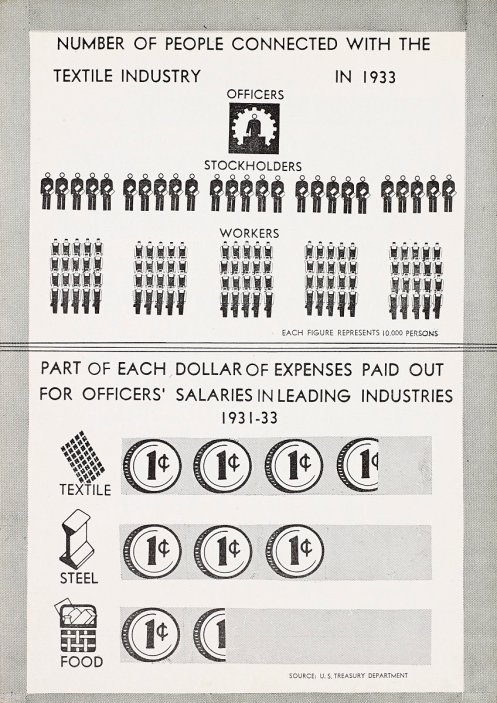
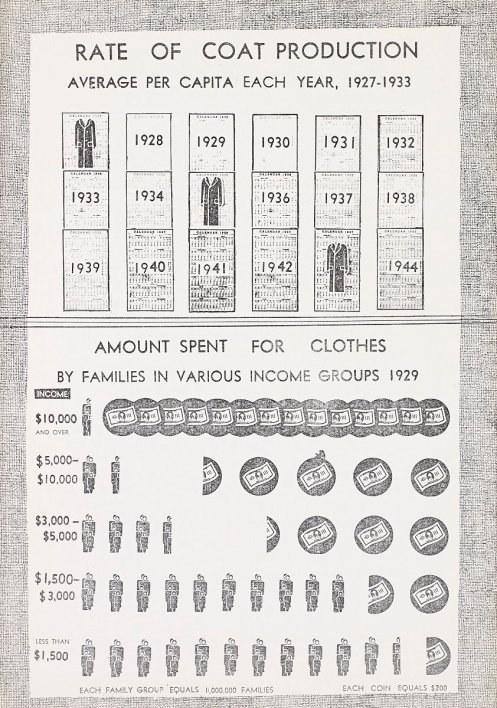
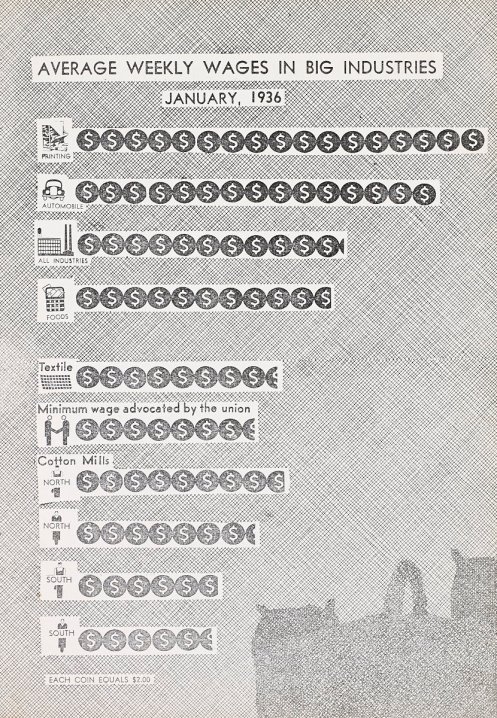

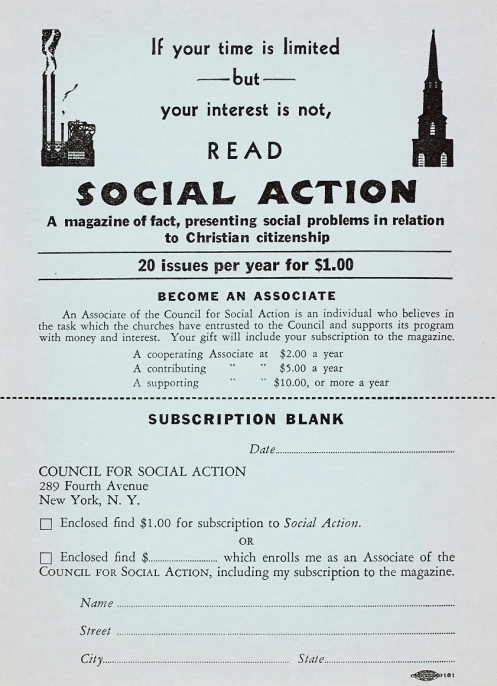



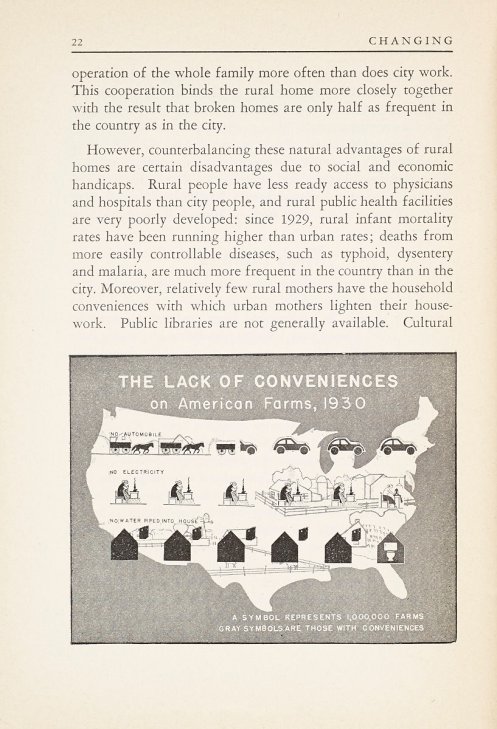
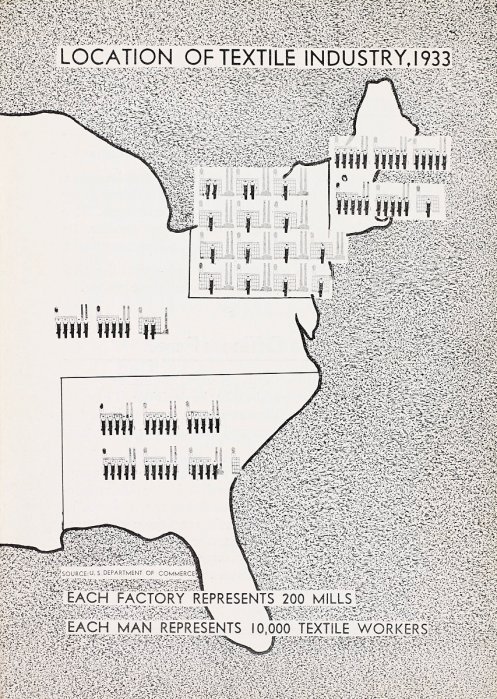
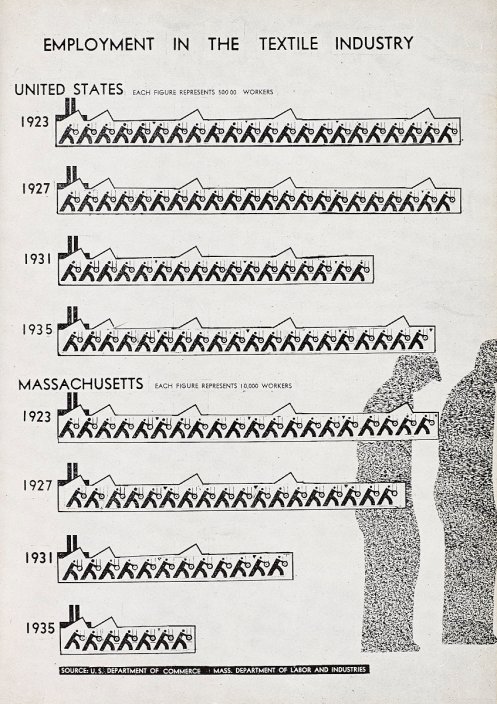
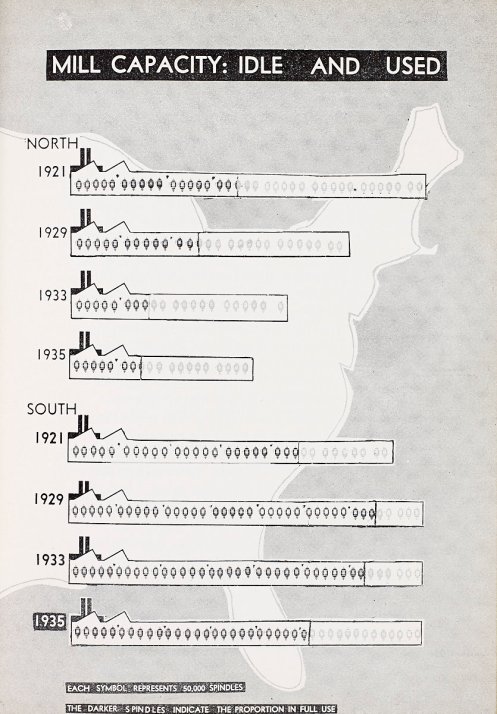
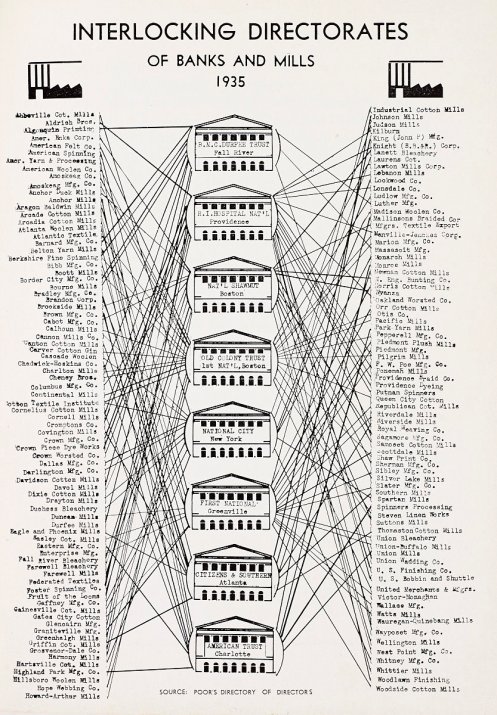







![83_2_711_023[1]](https://wolfsonianfiulibrary.wordpress.com/wp-content/uploads/2015/06/83_2_711_0231.jpg?w=497&h=406)
![83_2_711_010[1]](https://wolfsonianfiulibrary.wordpress.com/wp-content/uploads/2015/06/83_2_711_0101.jpg?w=497&h=409)
![XC1997.35.6[1]](https://wolfsonianfiulibrary.wordpress.com/wp-content/uploads/2015/06/xc1997-35-61.jpg?w=497)
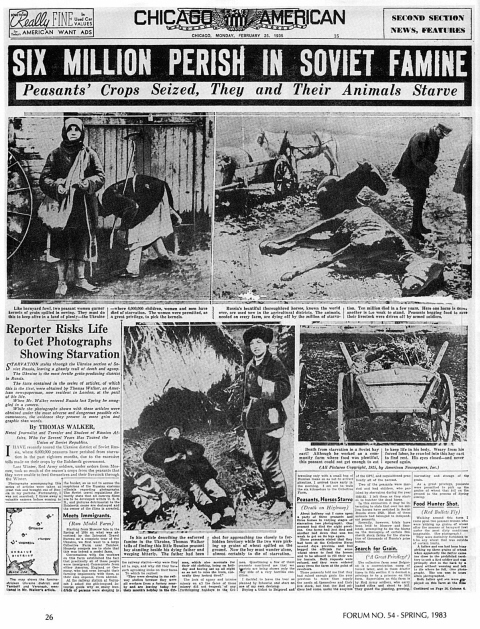

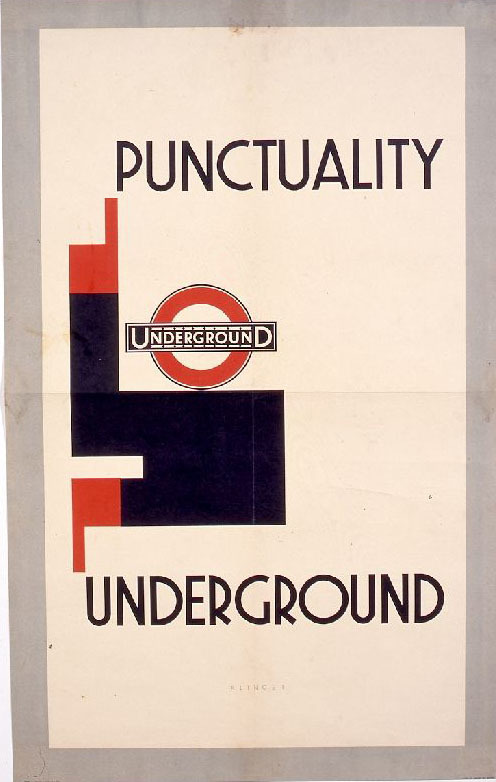












![XC2013_08_10_39_042[1]](https://wolfsonianfiulibrary.wordpress.com/wp-content/uploads/2015/06/xc2013_08_10_39_0421.jpg?w=441&h=600)


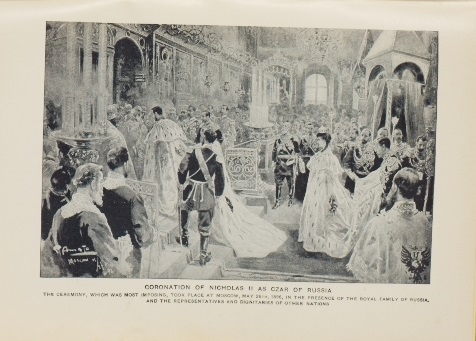
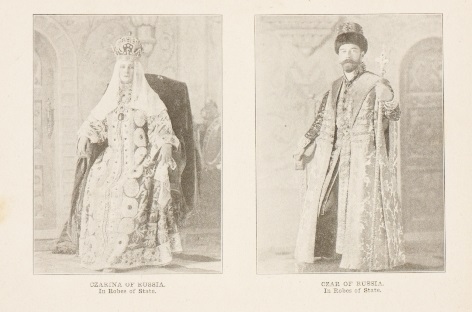
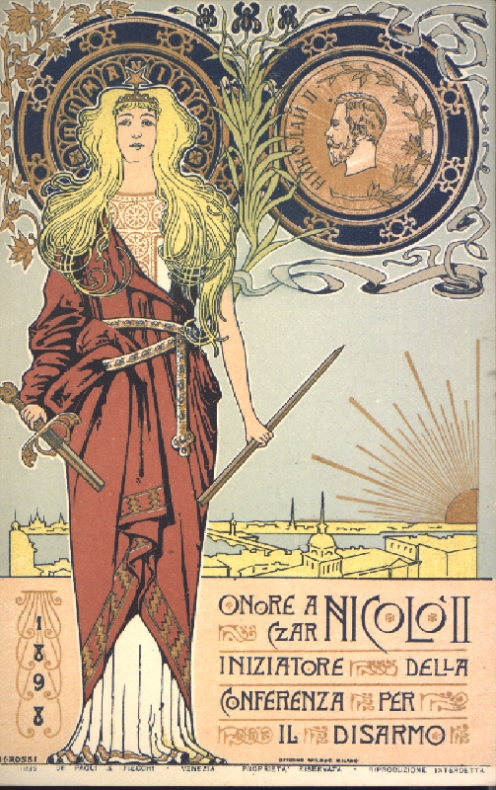










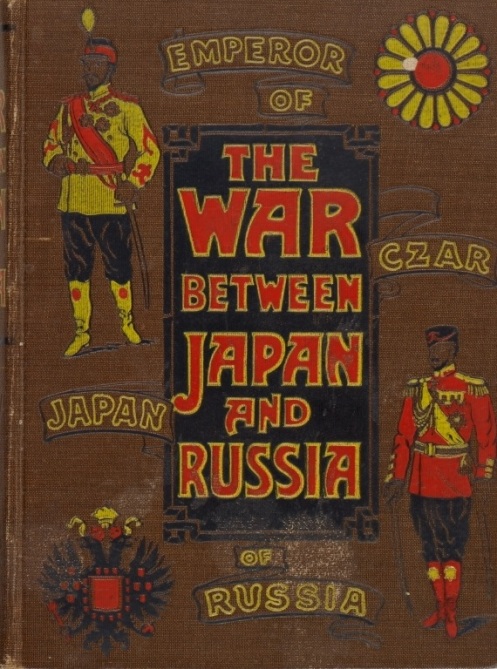


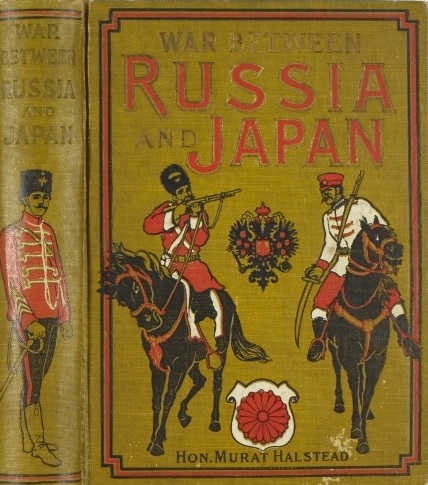
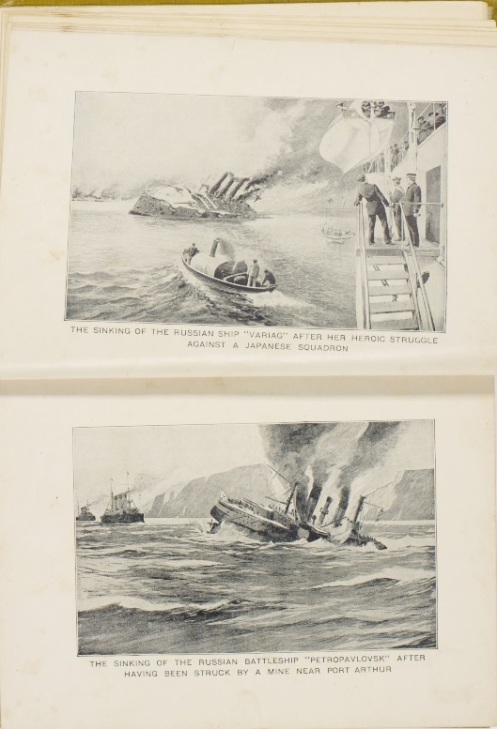

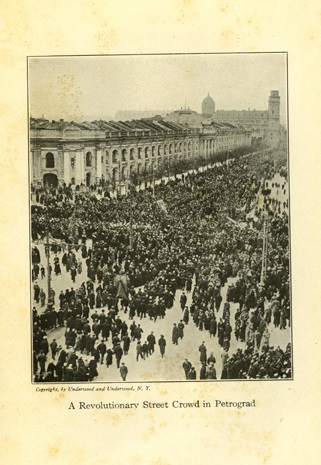
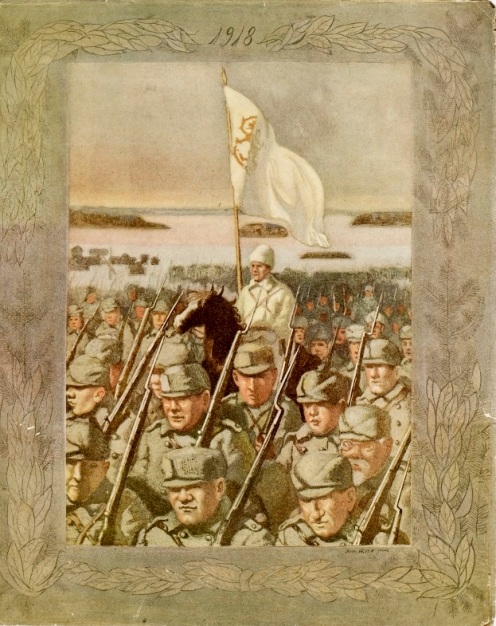
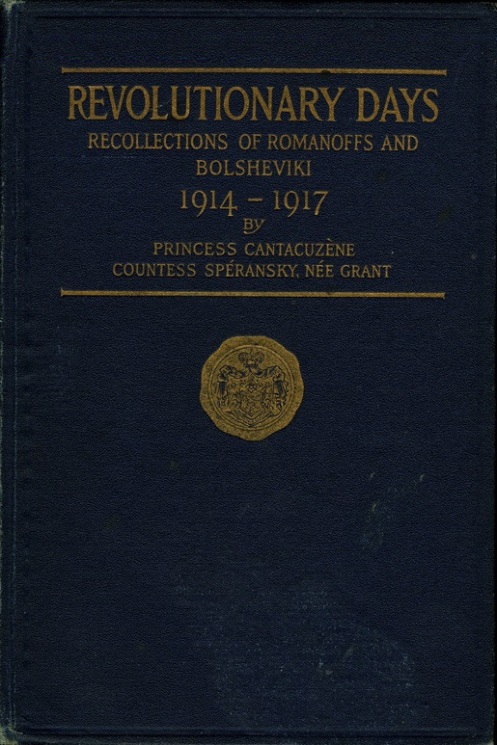


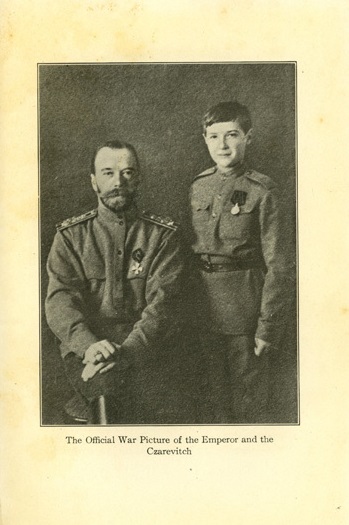





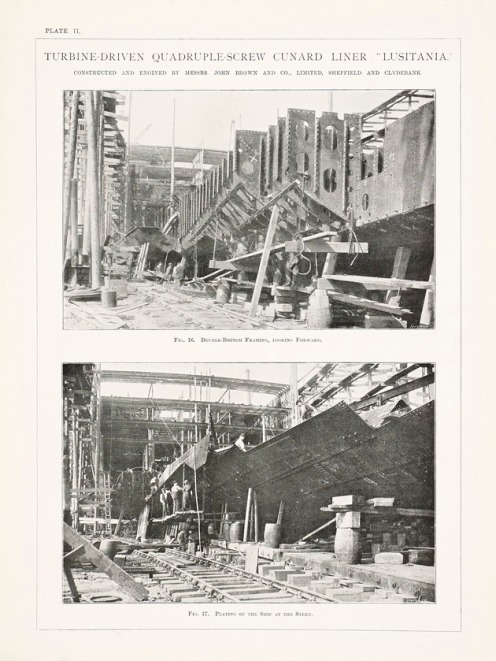

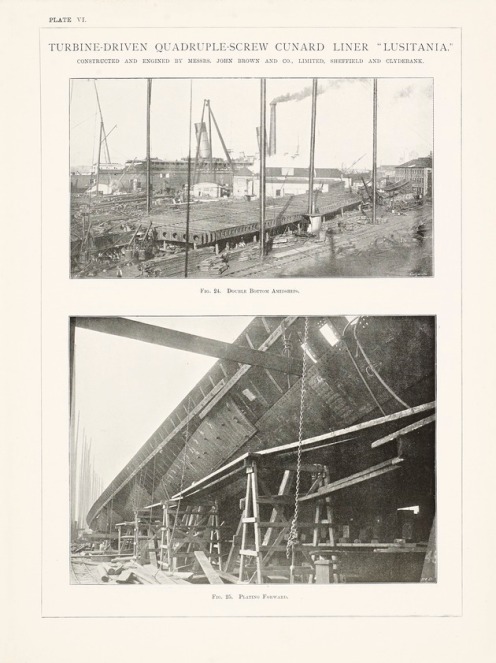

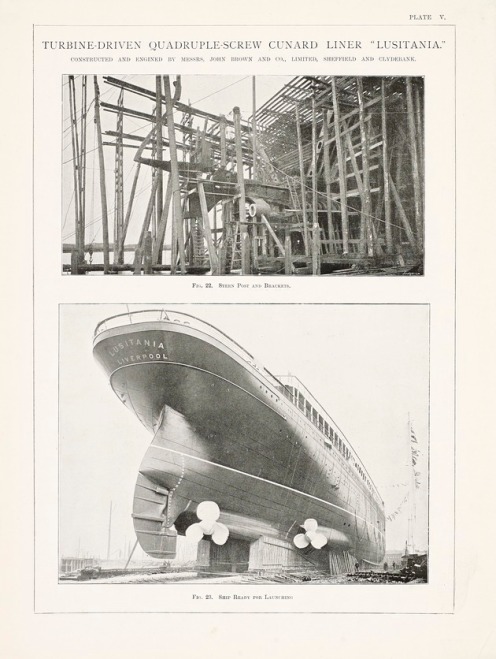
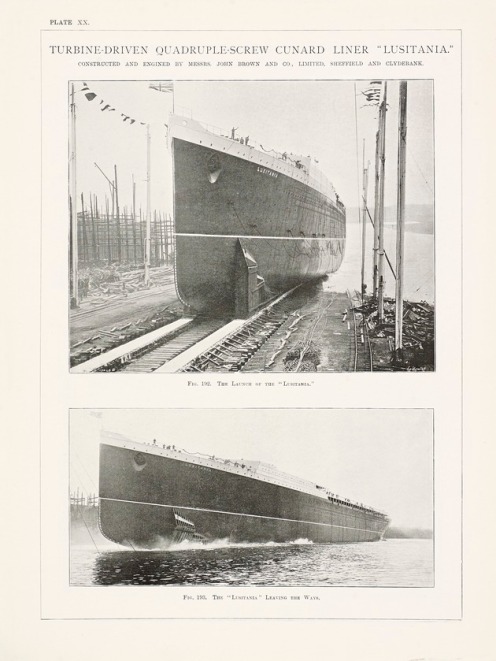







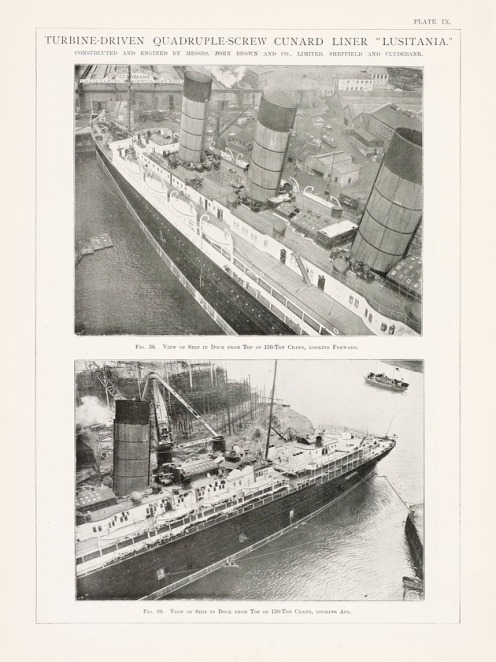


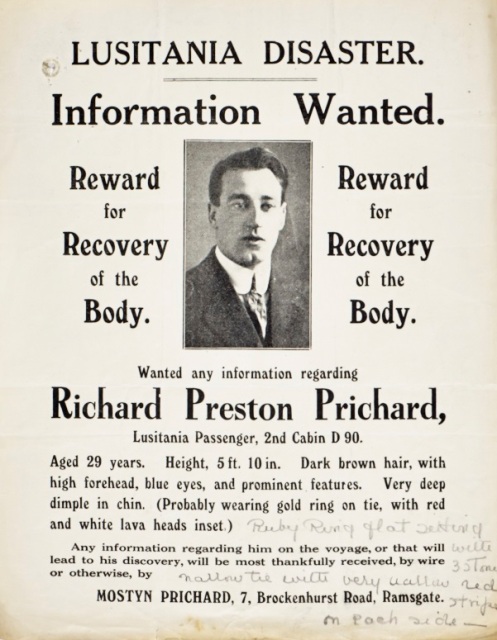
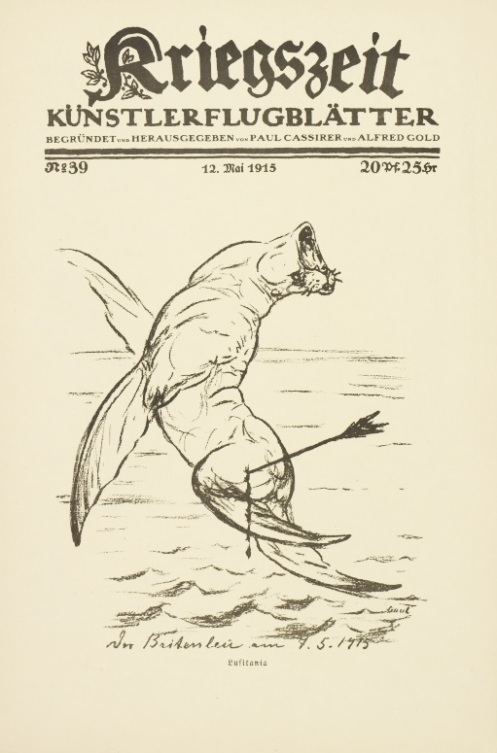



![XC2008_03_2_5_000[1]](https://wolfsonianfiulibrary.wordpress.com/wp-content/uploads/2015/05/xc2008_03_2_5_0001.jpg?w=497)



























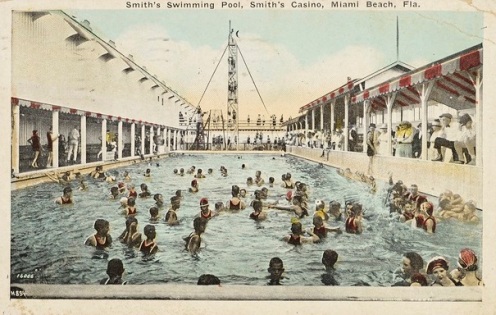

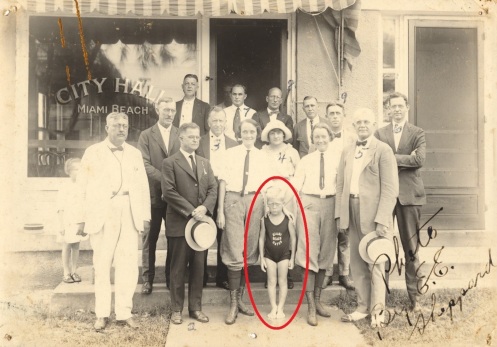


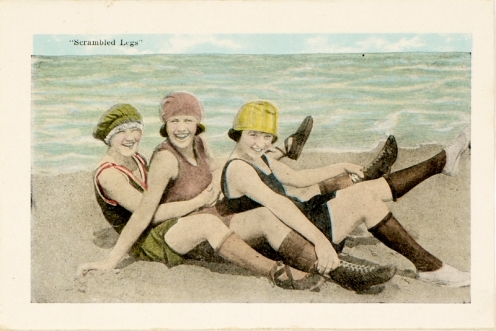

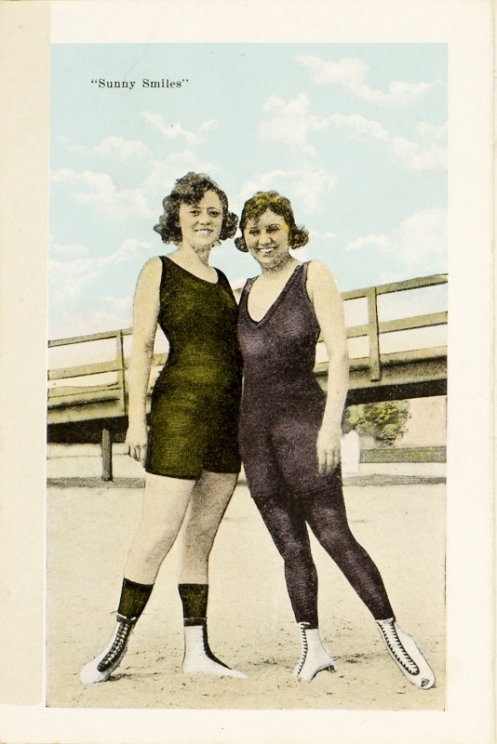

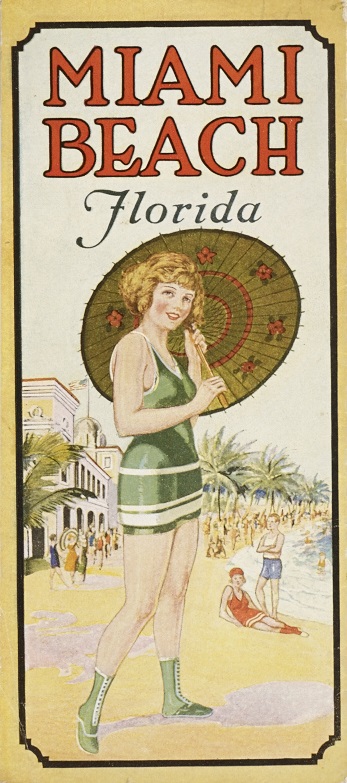

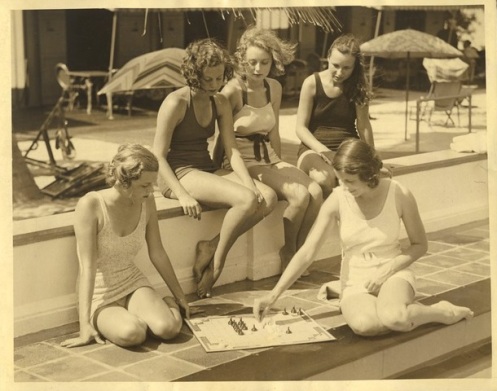

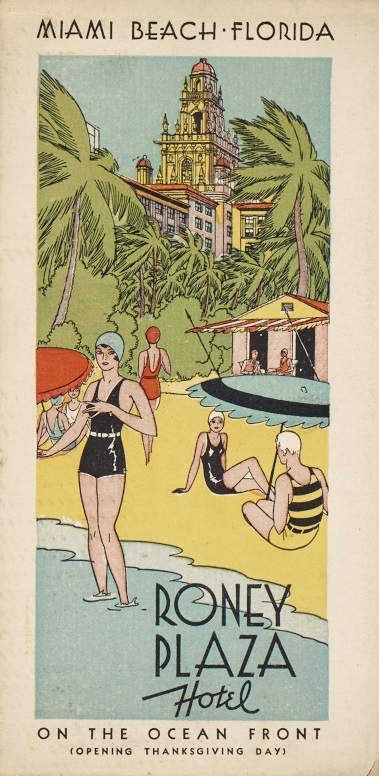









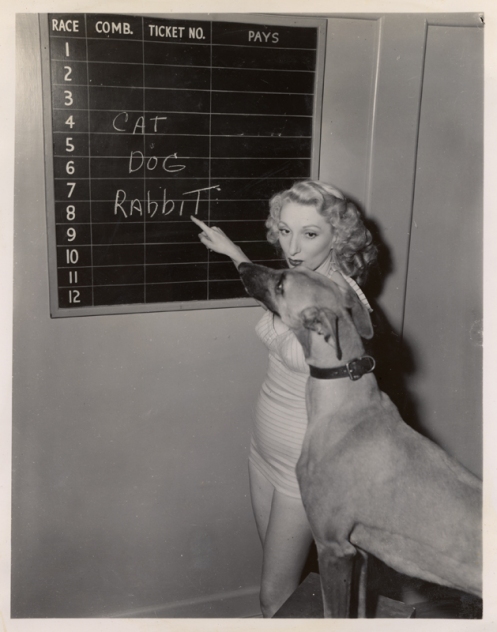
![XC2004_12_6_4_144_000[1]](https://wolfsonianfiulibrary.wordpress.com/wp-content/uploads/2015/05/xc2004_12_6_4_144_0001.jpg?w=497)
![XC2004_12_6_4_174_000[1]](https://wolfsonianfiulibrary.wordpress.com/wp-content/uploads/2015/05/xc2004_12_6_4_174_0001.jpg?w=497)
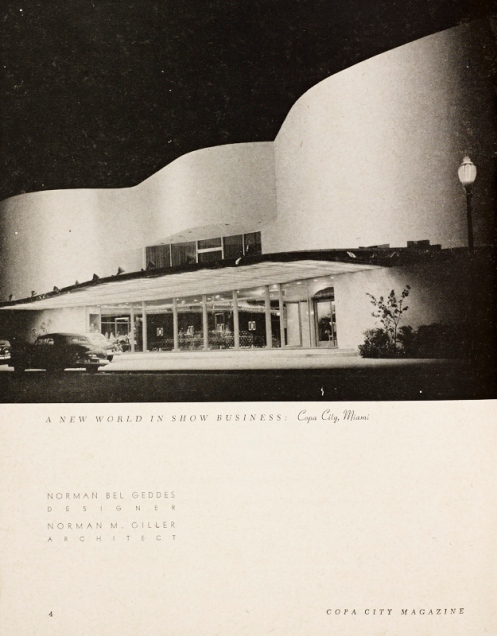









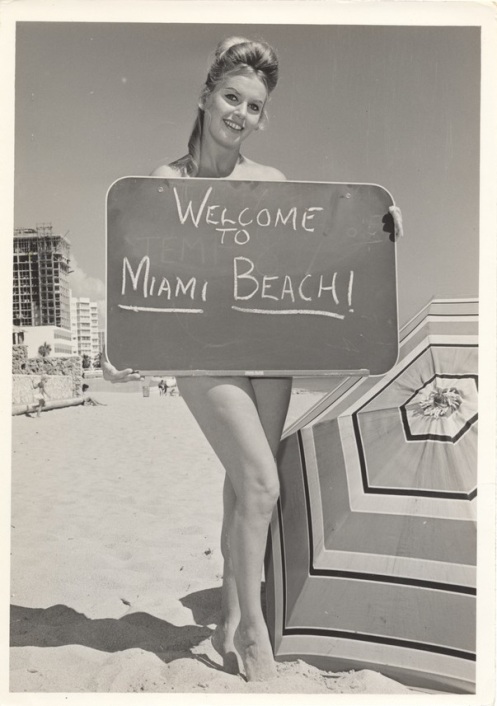


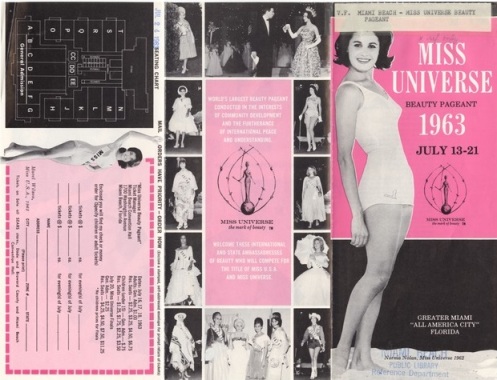
![914_10_001[1]](https://wolfsonianfiulibrary.wordpress.com/wp-content/uploads/2015/05/914_10_0011.jpg?w=497)
![914_5_000[1]](https://wolfsonianfiulibrary.wordpress.com/wp-content/uploads/2015/05/914_5_0001.jpg?w=497)

![914_2_000[1]](https://wolfsonianfiulibrary.wordpress.com/wp-content/uploads/2015/05/914_2_00011.jpg?w=497)




